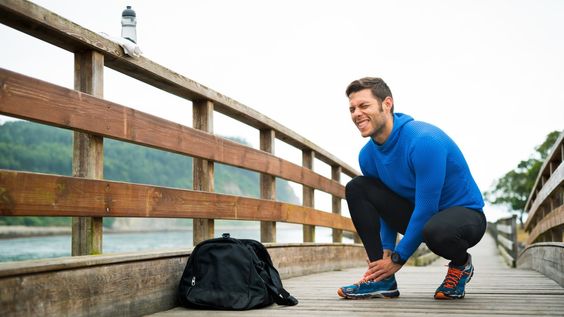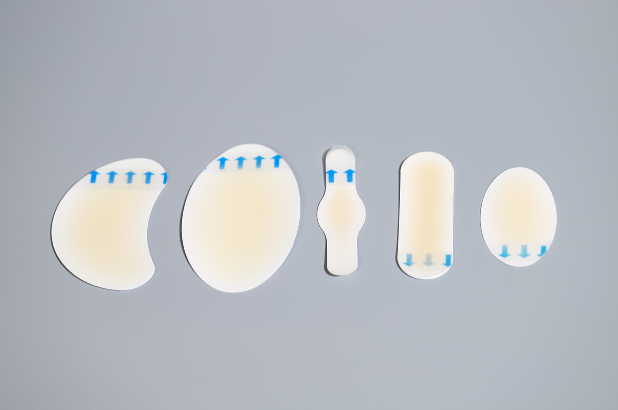The weather is gradually getting colder, and many people are wearing leather boots, which are indispensable in winter. Usually, new leather boots will be worn with the feet for some time. Of course, if the shoes are repeatedly rubbed, the skin on the feet will activate its protective mechanism, which will Blisters to appear. This article will help you properly treat and prevent blisters on your feet.
1. How to prevent and treat blisters on your feet?
To prevent blisters:
If you feel slight pain, friction, or redness on your feet after changing your shoes, you should apply a blister plaster to the area to reduce friction. This dressing is very soft and has strong stickiness, and it has an ultra-thin design and is very convenient to use. Its smooth surface texture can reduce the friction of the skin of the feet and relieve the friction caused by the skin of the feet Pain, especially in the case of small blisters or blisters, can be very effective in protecting the skin.
To treat blisters:
If it is small blisters. You can paste the blister plaster directly without puncturing it. Of course, large blisters with a diameter of more than 5 mm still need to be punctured. The specific processing steps have been sorted out and listed below. Let's talk about the effect of blister plaster on blisters:
① blister plaster It is made of a hydrocolloid material, so it can provide a closed space for the wound that is slightly acidic and conducive to wound healing, and it can block the invasion of foreign microorganisms, reduce the chance of infection, and facilitate the rapid healing of wounds. It also relieves pain caused by skin friction and can be applied anywhere on the foot.
2.Correctly puncture the blister steps:
You should handle the blister as sterile as possible to avoid infection. Therefore, it is imperative to ensure sterile needles, cleaning and disinfection, and sterile wound dressings. Ideally, the following should be done when puncturing a blister—if absolutely necessary.
① Disinfect the skin area :
Apply saline or antiseptic to the area around the blister.
②Puncture the bubbles :
Then use a sterile disposable needle and use it to open the lower edge of the blister.
③ Discharge liquid:
To drain the fluid, use a sterile cotton swab, press the blister with one hand and dry the blister with the other hand.
Be careful not to tear the skin of the blister, it will protect your wound well.
④ Disinfection again:
Disinfect the blister area again with disinfectant and allow it to dry.
⑤ Paste the blister plaster :
According to the size and position, choose a suitable blister plaster and stick it on it.
3.If the blister on the foot becomes inflamed or swollen :
You can usually tell if a blister is inflamed by the following signs:
①Intensified pain
②The wound area is overheated
③Severe redness
④ surrounding tissue swelling
⑤ Purulent discharge
If these symptoms occur, wound infection is something to consider and you should see your doctor as soon as possible for the blisters.
For more information on Innomed® blister plaster , refer to the previous articles. If you have customized needs, you are welcome to contact us; we will serve you wholeheartedly.
At Longterm Medical, we transform this data by innovating and developing products that make life easier for those who need loving care.
Editor: kiki Jia
Date: November 14, 2022

 English
English عربى
عربى Español
Español русский
русский 中文简体
中文简体








